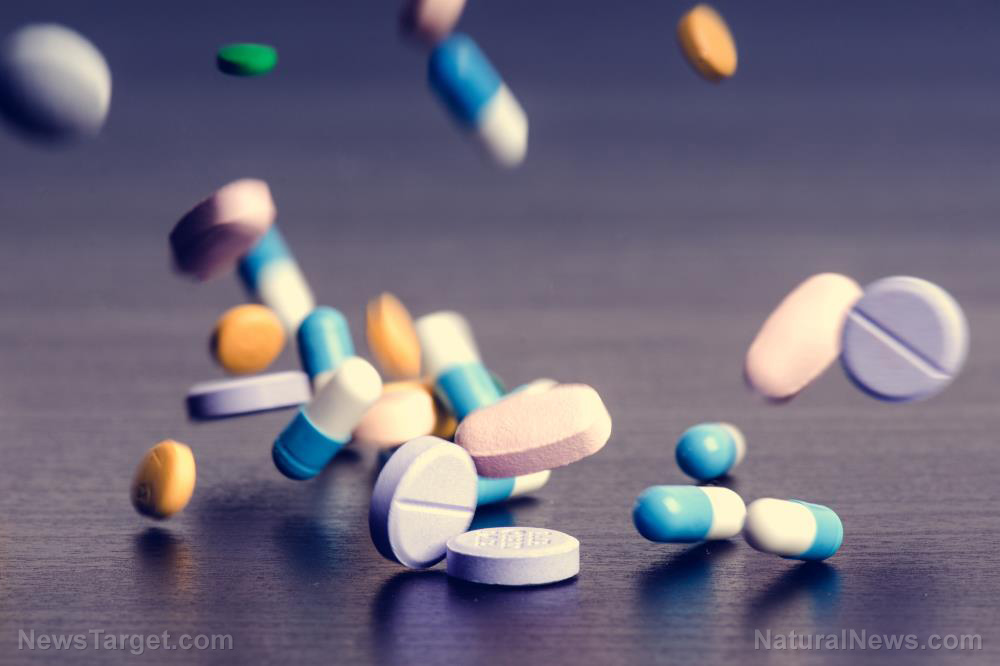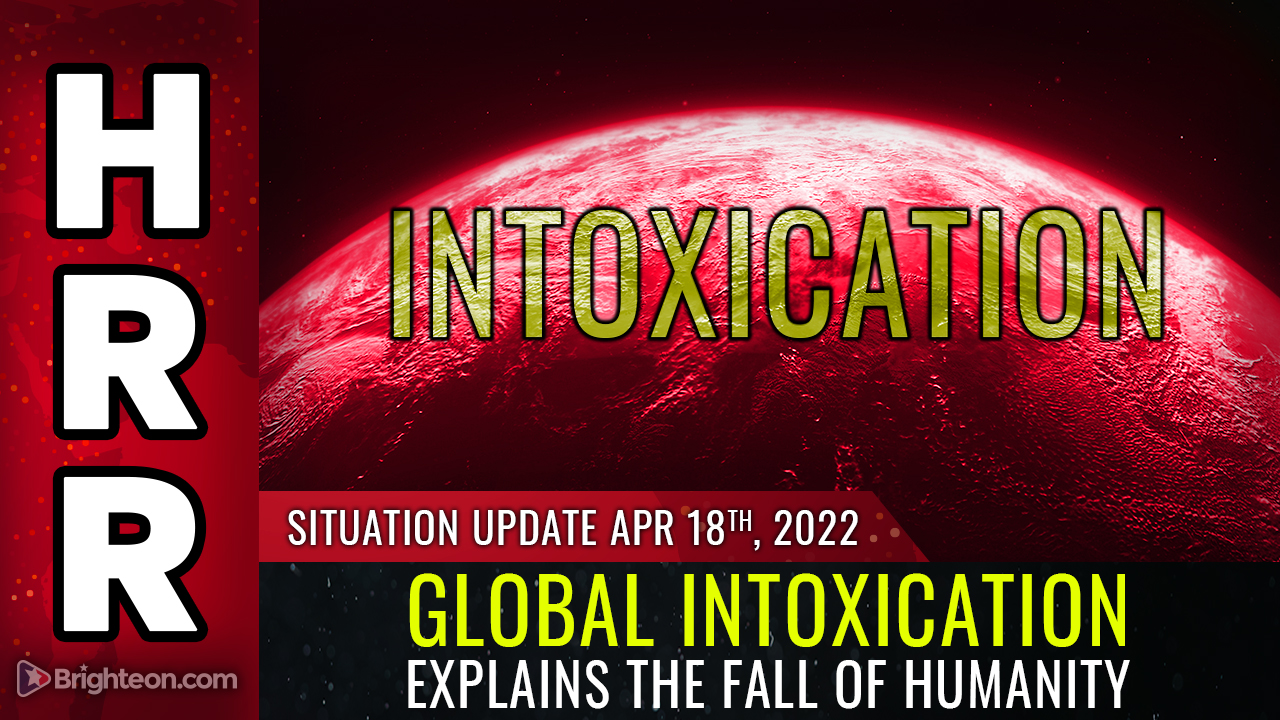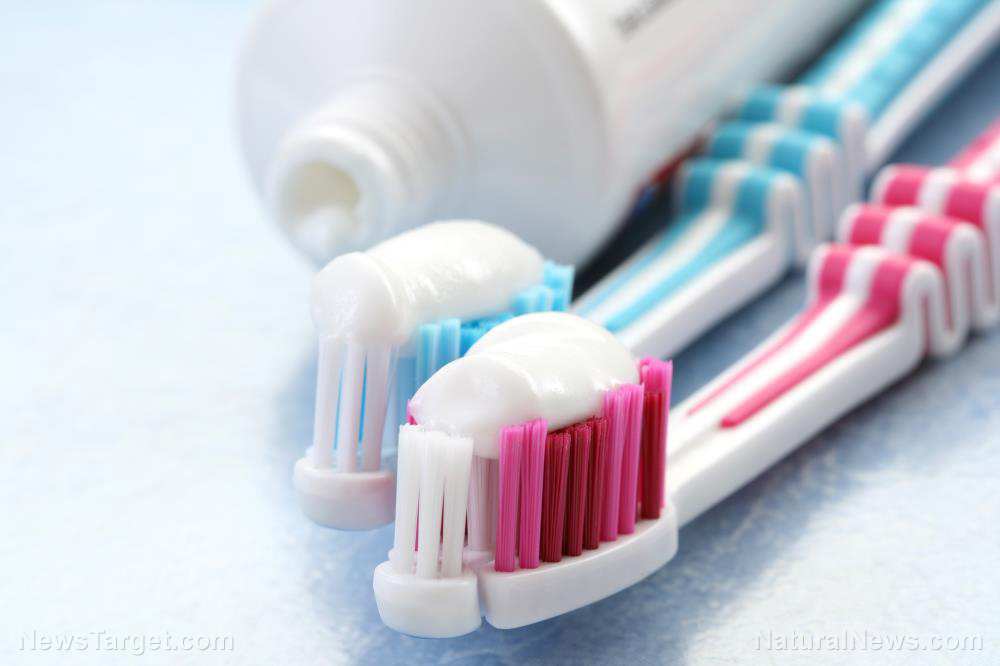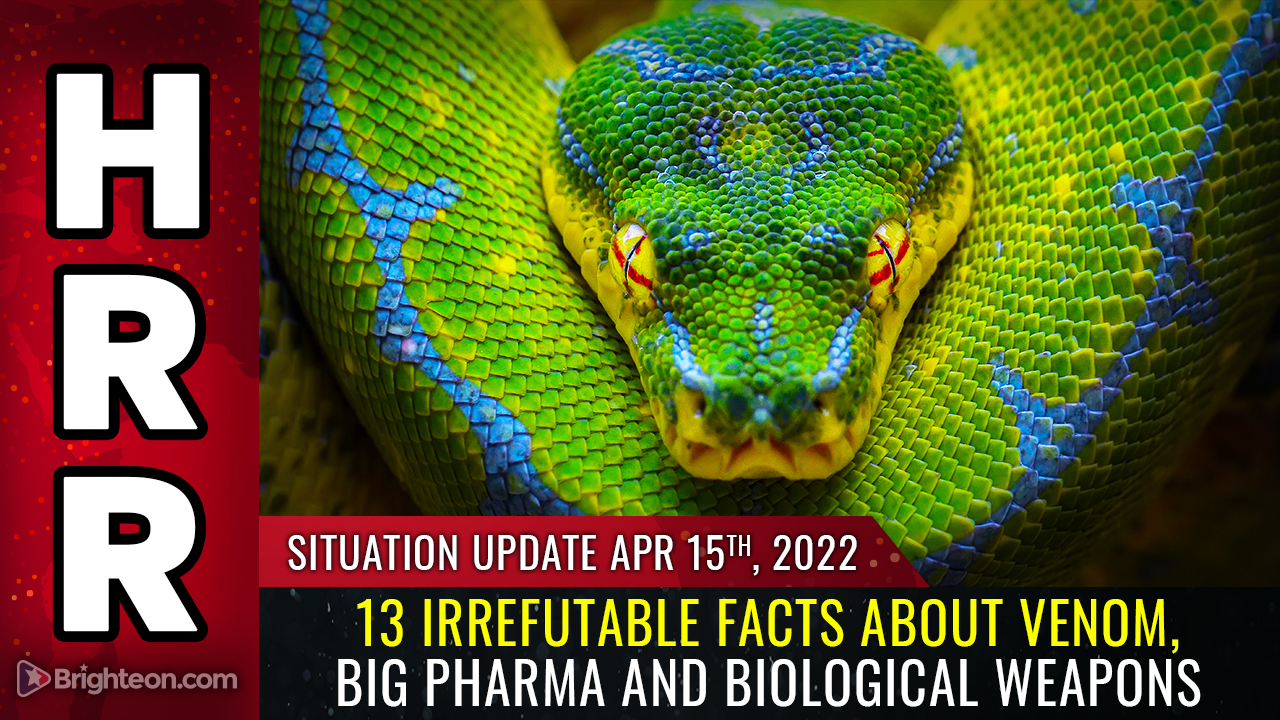High levels of microplastics found in babies’ poop
09/24/2021 / By Mary Villareal

Babies are already exposed to a lot of plastic — even more than adults, according to a study.
A new study showed that an average of 36,000 nanograms of polyethylene terephthalate (PET) microplastics (MP) can be found in every one gram of infant feces, compared to 2,600 nanograms for adults. This shows that infants are exposed to higher levels of MPs than adults are, said the authors.
Microplastics are created when plastics break down into pieces less than five millimeters long — and they have been found everywhere in the world, from Mount Everest to the ocean floors. However, it remains staggering to find such high volumes in infants.
The researchers collected dirty diapers from six one-year-old children and filtered the poop out for microplastics. They also tested three samples of meconium, an infant’s first poop, and ten adult stool samples. They tested all of the samples for two types of microplastics: PET, which is used to make clothing and plastic bottles, and polycarbonate (PC) plastic, which serves as an alternative to glass.
The meconium samples were found to have up to 12,000 nanograms per gram of PET, and 110 nanograms per gram of PC plastics.
Microplastics found in all the infant samples, however, averaged 36,000 nanograms per gram for PET, and 78 nanograms per gram for PC.
Adult stool samples also have PET and PC in them, but at a much lower concentration than the infant stool samples.
Using their data, the researchers were able to estimate the average daily exposure of both adults and infants to microplastics based on their diets. They calculated that infants are exposed to 83,000 nanograms of PET per kilogram of body weight, and 860 nanograms of C per kilogram of body weight. For adults, the numbers decreased to 5,800 nanograms of PET and 200 nanograms of PC. (Related: With plastic pollution in the oceans at 16xs more than previously thought, is it even possible to clean it up?.)
Microplastic ingestion in infants not surprising
This is not surprising, as a recent study found that the process of preparing baby formula in plastic bottles prompted them to shed microplastics, therefore infants could be swallowing millions of microplastics every day. In 2020, it was also reported that microplastics can be found in the placenta.
Moreover, babies have a tendency to stick plastic toys or clothing in their mouths. Even baby foods are often wrapped in plastic. Baby utensils and sippy cups are also made from plastic, as is the indoor environment as a whole.
Kurunthachalam Kannan, co-author of the study and an environmental health scientist from the New York University School of Medicine, said that with the modern lifestyle, babies are exposed to so many different things and that we don’t know what kind of effect they can have later in their life.
Scientists are not sure how ingesting microplastics could affect humans. The main concern, however, is the chemicals that these microplastics contain, which can be part of their manufacturing process or could adhere to them in the environment. A particular concern is the possibility of endocrine-disrupting chemicals that can impact reproductive, metabolic and neurological health. This is especially a big deal for infants, whose endocrine systems are still developing.
Deonie Allen, a research fellow from the University of Strathclyde in Scotland, who wasn’t involved in the studies said that it is necessary to look at everything a child is exposed to, not just their toys and bottles.
To protect their newborn babies, parents are advised not to heat formulas in plastic bottles. Instead, it is better to heat them in glass bottles and move them to the plastic bottles once it cools down to room temperature. Plastic wrappings and containers are also discouraged.
Find more information about microplastics and how they can affect your health and the environment at Pollution.news.
Sources include:
Submit a correction >>
Tagged Under:
BPA, dangerous chemicals, discoveries, Endocrine disruptors, environment, infant formulas, infant's health, microplastics, products, research, toxins
This article may contain statements that reflect the opinion of the author
RECENT NEWS & ARTICLES
COPYRIGHT © 2017 TOXINS NEWS



















